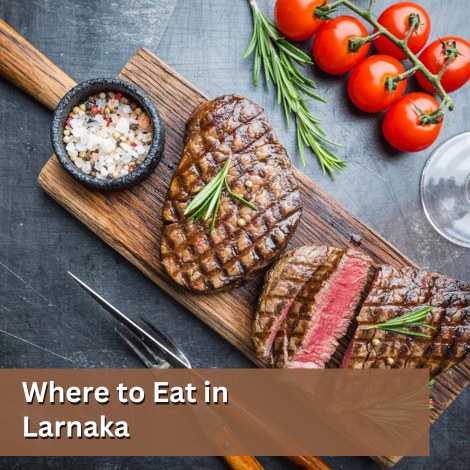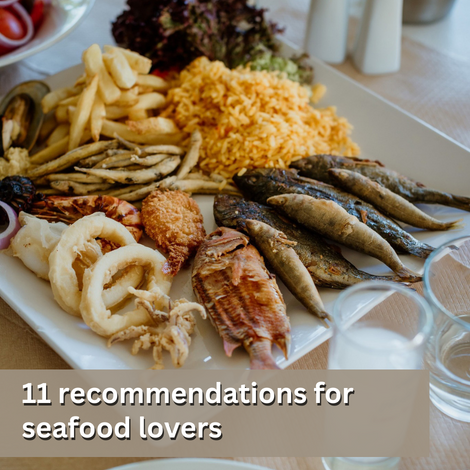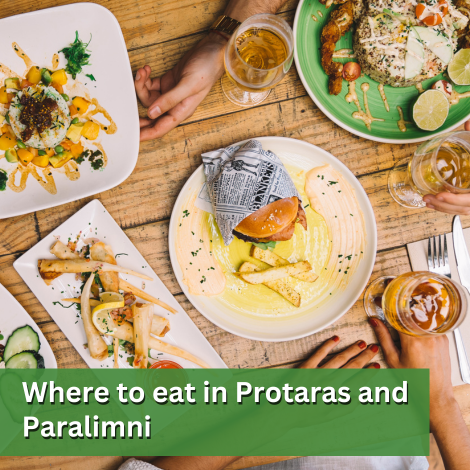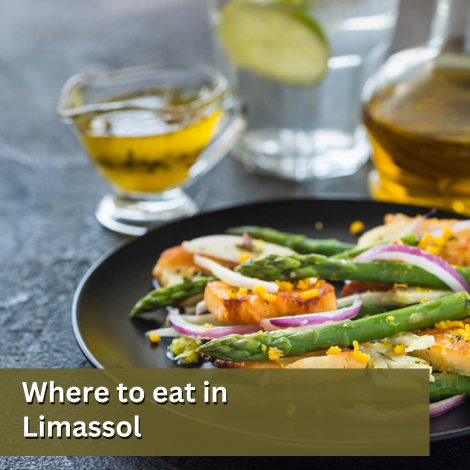Food Poisoning: What It Is and How to Prevent It
Food poisoning — which can also result from contaminated drinks — is a very common condition worldwide, especially during the summer months due to high temperatures.
According to the World Health Organization, it is considered one of the most serious public health concerns.
Awareness is the first and most important step toward prevention.
Types of Food Poisoning
There are two main categories:
1. Food Infection
Caused by consuming food contaminated with bacteria. The bacteria enter and remain in the intestines. Symptoms may appear anywhere from 2 hours up to 3 days after consumption, and in some cases, even up to a week later.
2. Food Intoxication
Caused by eating food that contains toxins — the result of bacterial activity and metabolism within the food. Symptoms tend to appear quickly, from 30 minutes to 2 hours after consumption.
In both cases, the main causes are poor food storage or incorrect handling, which allows bacteria or viruses to grow.
Common Pathogenic Microorganisms
Some of the most frequent bacteria linked to foodborne illness include:
- Escherichia coli (E. coli)
- Salmonella
- Staphylococcus aureus
- Listeria monocytogenes
- Shigella
…and other microorganisms that can contaminate a wide variety of foods.
Symptoms of Food Poisoning
Most common symptoms:
- Nausea
- Vomiting
- Diarrhea
- Abdominal pain
- Fatigue or weakness
More severe symptoms that require medical attention:
- Blood in stool
- Persistent fever
- Headache
- Muscle or joint pain
- General feeling of weakness
Who Is at Higher Risk?
Certain individuals are more vulnerable to food poisoning and may experience more serious complications. These include:
- Infants and young children
- Older adults
- Pregnant women
- People with weakened immune systems (e.g. cancer patients, individuals with diabetes or HIV/AIDS)
- Individuals with chronic conditions or those who have had gastrointestinal surgery
For these groups, even a mild case of food poisoning can lead to dehydration, severe infection, or hospitalization. Prevention is especially crucial.
When Do Food Poisoning Symptoms Start?
It’s a myth that symptoms always start within hours of eating the contaminated food.
In reality:
- Some pathogens (e.g. Staphylococcus aureus, Bacillus cereus) cause very fast-onset symptoms — from 30 minutes to 6 hours.
- Others, like Salmonella, E. coli, and Listeria, can take 6 hours to 3–7 days before symptoms appear.
- Listeria can even cause symptoms up to two months later!
That’s why people often fail to link their symptoms with the food that actually caused them — because too much time has passed.
How to Prevent Food Poisoning
Follow these essential hygiene and food safety practices:
- Wash your hands thoroughly and often — especially after using the toilet, blowing your nose, handling pets, or taking out the trash.
- Avoid unpasteurized milk and products made from it.
- Keep your fridge below 4.4°C and your freezer below -18°C.
- Cook meat and seafood thoroughly to safe internal temperatures.
- Wash fruits and vegetables well before eating them raw.
- Avoid cross-contamination by using separate cutting boards and utensils for raw and cooked foods.
- Clean and disinfect surfaces, utensils, and your hands regularly when preparing meals.
Remember the 4 golden food safety rules:
Clean • Chill • Cook • Avoid Cross-Contamination
When to Call a Doctor
Food poisoning can be especially dangerous for vulnerable groups: the elderly, children, pregnant women, and people with chronic conditions.
Seek medical attention if you experience:
- Fever higher than 38°C (100.4°F)
- Diarrhea lasting more than 3 days
- Continuous vomiting
- Blood in stool
- Dehydration symptoms (dry mouth, dizziness, dark or little urine)
- Or if you belong to a high-risk group
Stay safe — prevention is key!

 English
English
 Ελληνικά
Ελληνικά Русский
Русский
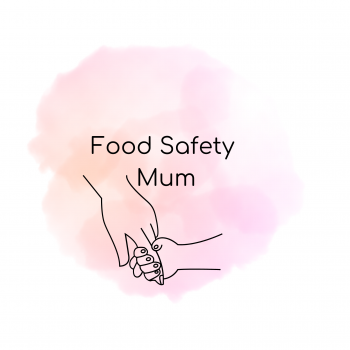 Posted by
Food Safety Mum
Posted by
Food Safety Mum
